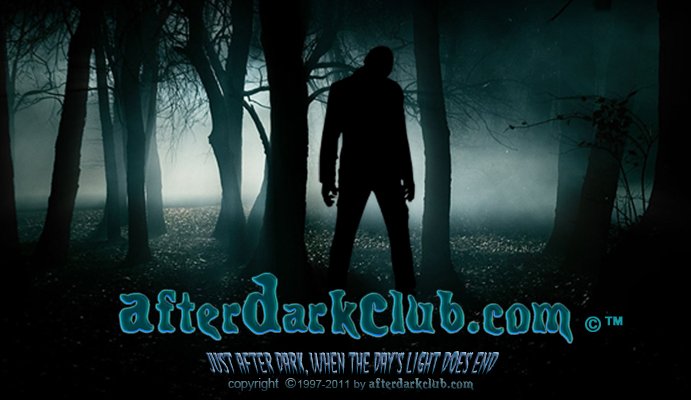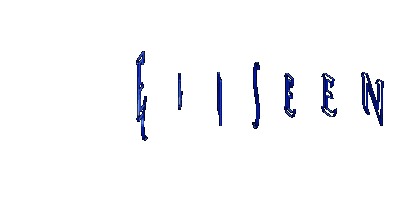

|
|
 |
 |
|
|
Elves and Faries
There aren't many people
who take seriously the existence of elves and fairies in today's
society. Yet there are people who will swear on the heads of their
grandchildren that they have seen them with their own eyes - just as
plainly as others have seen ghosts, Bigfoot or the Loch Ness monster. The stories of elusive little people are as
ancient as civilization itself and can be found in virtually every
culture on Earth. Most familiar to us are the legends of elves,
dwarfs, leprechauns and trolls from Europe and Scandinavia. They have
been the subject of dozens of children's fairy tales, books, myths and
inebriated tales. William Shakespeare made them central characters in A
Midsummer Night's Dream. Generally, fairies were described as tiny
ephemeral beings with wings who resided in forests. Elves, dwarfs and
leprechauns were likewise residents of the forest. Unlike fairies,
however, they were quite human in appearance - except for their
diminutive size. They were often pictured as having their own miniature
civilization, hidden away from the human world. On a summer night in
1919, 13-year-old Harry Anderson claimed to have seen a column of 20
little men marching in single file, made visible by the bright
moonlight. He noted they were dressed in leather knee pants with
suspenders. The men were shirtless, bald and had pale white skin. They
ignored young Harry In Stowmarket, England in 1842, a man claimed
this encounter with "fairies" when walking through a meadow on his
journey home: "There might be a dozen of them, the biggest about three
feet high, and small ones like dolls. They were moving around hand in
hand in a ring; no noise came from them. They seemed light and shadowy,
not like solid bodies. I... could see them as plain as I do you. I ran
home and called three women to come back with me and see them. But when
we got to the place, they were all gone. I was quite sober at the time." Elves and fairies were considered quite real in
past cultures, and were a familiar part of their rich folklore. In
today's technological society, perhaps, we've simply replaced them in
our imaginations with little gray aliens.
|
|
|